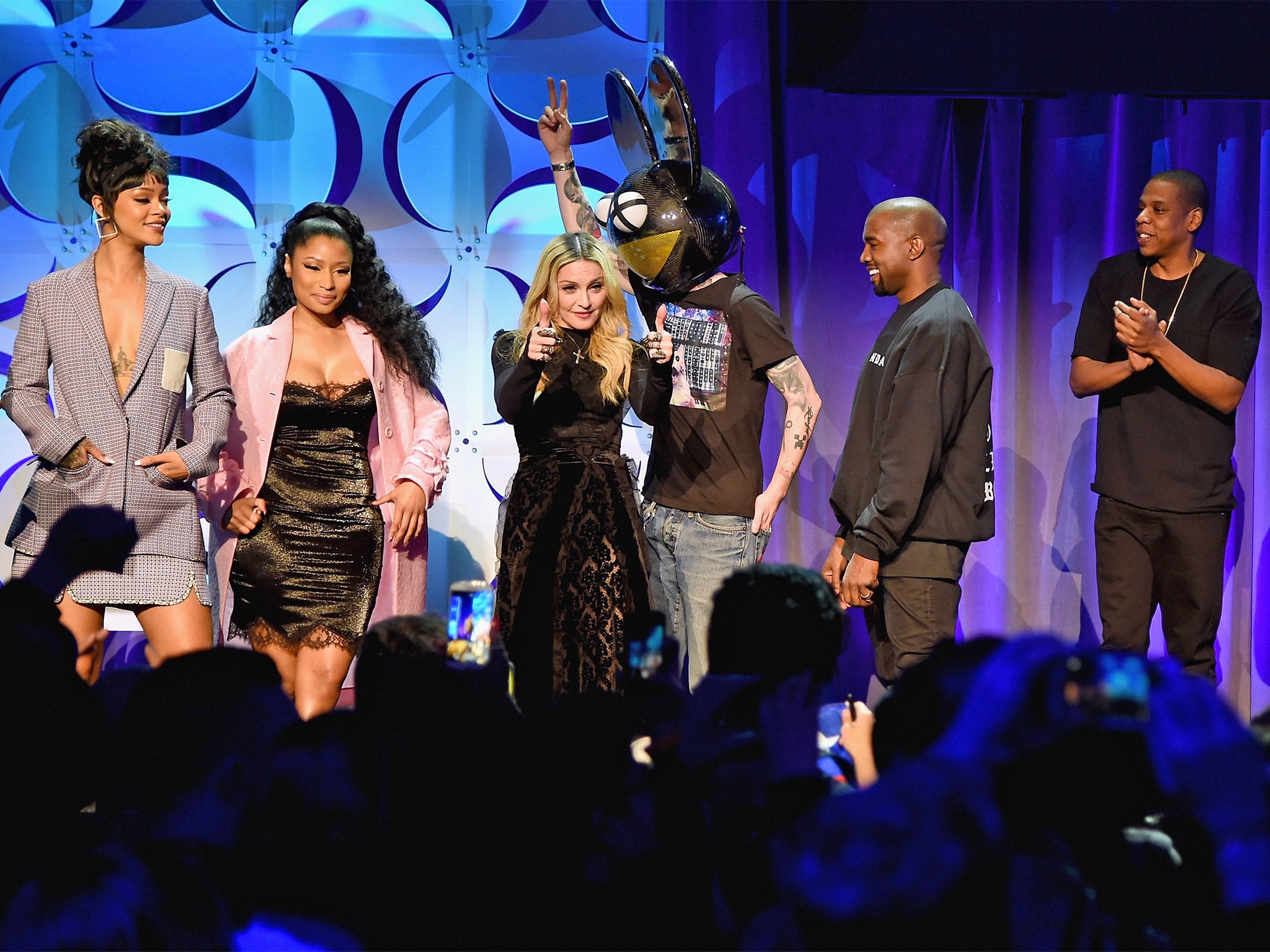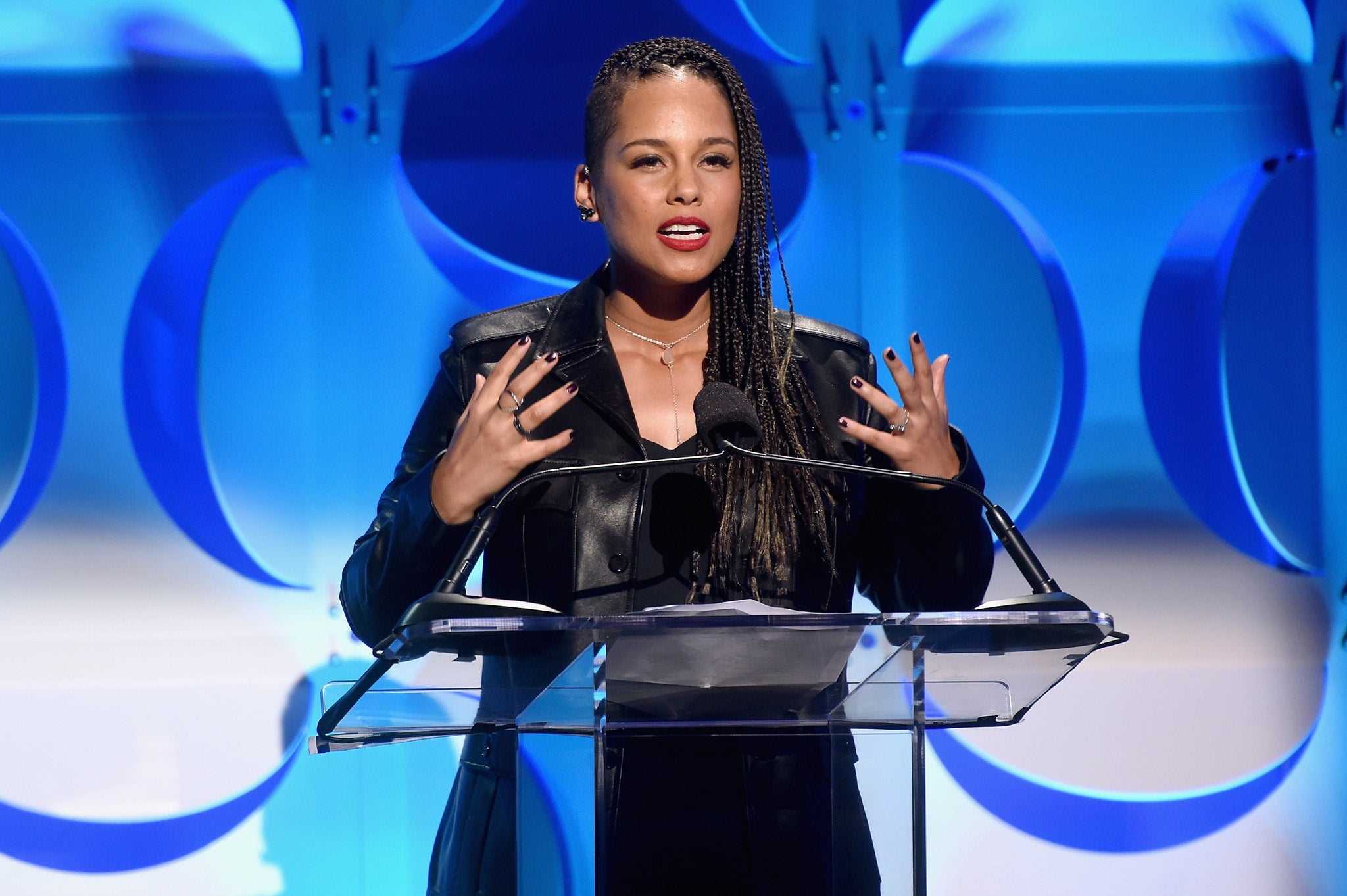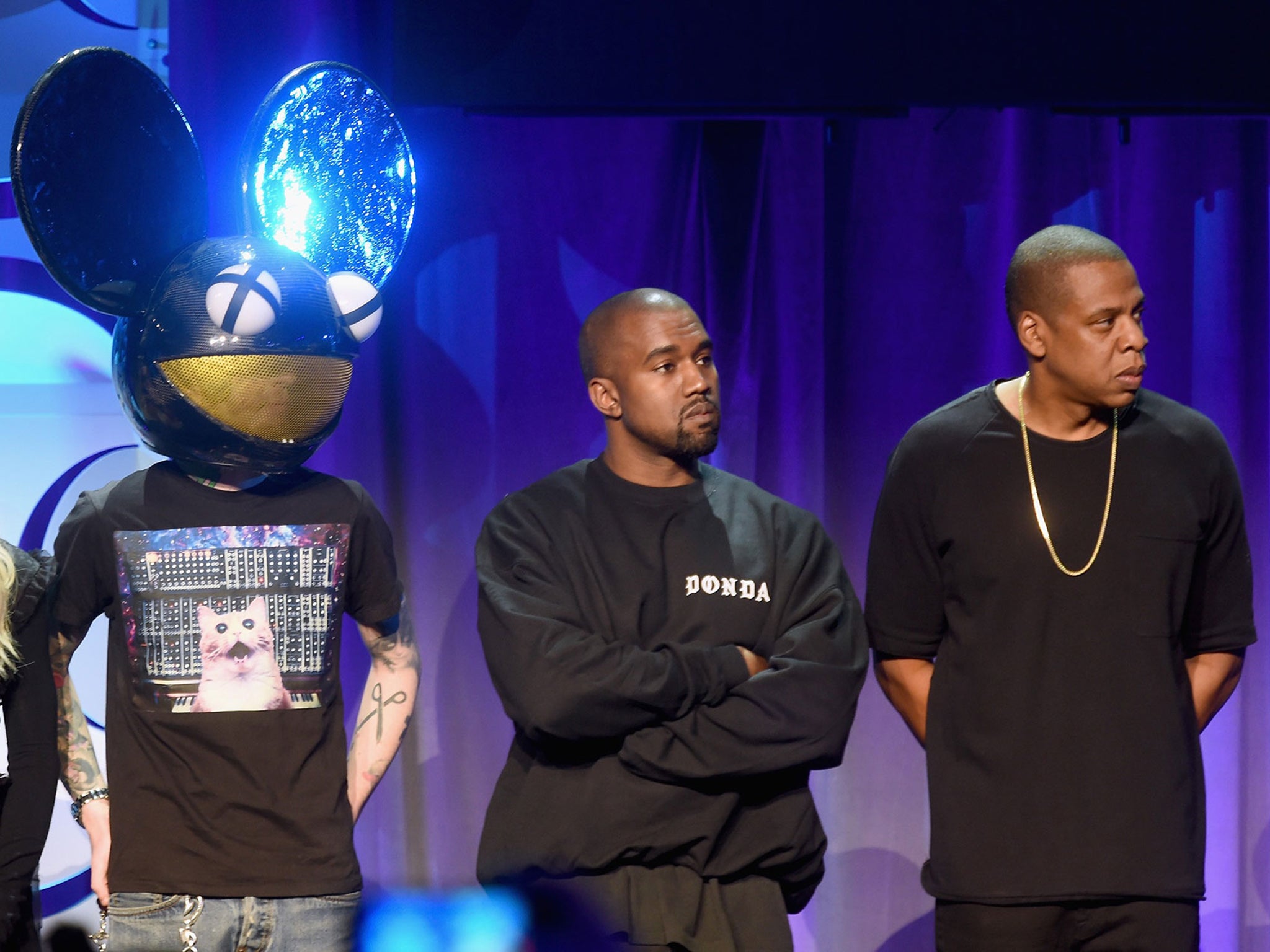What does Tidal offer that Spotify or a CD doesn't?
One music-lover gives it a trial listen...

“Compressed music weakens the pressure in the bass, details in cymbals and gives the sound less headroom.” I’m staring at the website for Tidal, the new Jay Z-backed music-streaming service that aims to take on the might of Spotify by offering higher audio quality. While most streaming services use mp3, AAC and other “lossy” audio formats, removing small musical details to create smaller file sizes, Tidal boasts pristine, unblemished sound.
Just like you get from a CD. I take the Tidal test by pressing a button: it prompts me to compare lossless versions of five tracks with their compressed, mp3-style equivalent. As I listen to excerpts of tracks by The Killers, James Blake, Daft Punk, The Eagles and Dixie Chicks, I switch between the swanky hi-fi version and the lo-fi one.
Even on moderately expensive speakers, the difference is barely perceptible. I only manage to identify three out of the five lossless versions. In response, the site prompts me to “sit back, relax, concentrate, turn the volume up and try again.” It’s as if I’ve failed a task of musical appreciation. But I haven’t failed. If anything, it demonstrates that Tidal may be failing to persuade us that paying £19.49 a month for hi-fidelity audio offers us any benefit over the compressed equivalent at Spotify for £9.99 a month.
Jay Z will have noticed YouTube’s phenomenal success as a music platform; it provides fairly convincing proof that consumers, particularly younger ones, don’t care that much about fidelity. As Jay Z and his pals Alicia Keys, Kanye West, Rihanna, Beyoncé, Madonna and Nicki Minaj walked on stage in New York for an awkward Tidal launch, generations of young people will have responded by listening to some YouTube clip on their phone, the music blaring tinnily out of a speaker the size of a grain of rice. And they won’t have paid a cent for the privilege.

If higher fidelity doesn’t persuade us to start using Tidal, then maybe some exclusive material will? Beyoncé’s song “Die with You” was one of Tidal’s first exclusives, and the song has already been leaked on YouTube. There is no magic solution.
The purchase of Tidal stems from a belief that Spotify et al are treating artists unfairly, particularly with the kind of free, ad-supported streaming model that 45 million Spotify customers currently enjoy.
“It’s my opinion that music should not be free,” wrote Taylor Swift in a piece for the Wall Street Journal last year, shortly after removing her music from Spotify. “My prediction,” she continued, “is that individual artists and their labels will someday decide what an album’s price point is.” Many disagree. A musician’s belief in the artistic value of their work cannot, in this crazy digital age, be directly correlated to its monetary value, however hard they wish that it could.
Fortunately, young people still love music, and they prefer to stream it – although they’re obviously not swimming in cash. This tech-savvy younger generation has helped to increase streaming revenues in the US beyond that of CD revenues. The rise of Spotify and Deezer (another on-demand music service), the launch of Google Play Music and Apple’s acquisition of the streaming service Beats Music all demonstrate one fact: the only way to keep us consuming music legally is to offer it on-demand at a low price.

Three months ago, prior to Jay Z’s purchase, Tidal was a struggling service with a mere 12,000 users in around half a dozen territories including the UK and the USA. The music streaming industry has, for some time, tried to persuade us that we might pay more for a product that supposedly sounds better; Spotify has a “high quality” option available for those who abandon the free service in favour of the £9.99 Premium one; Qobuz, a smaller French streaming service, doubles its charge from £9.99 to £19.99 a month for a lossless (CD quality) audio experience, while Deezer offers an “Elite” (lossless) option to those who commit to its £9.99 monthly charge for a full year. “You can now listen to performances as the artist intended,” boasts Deezer. But there’s little evidence these arguments cut much ice with the average punter.
Enjoy unlimited access to 100 million ad-free songs and podcasts with Amazon Music
Sign up now for a 30-day free trial. Terms apply.
ADVERTISEMENT. If you sign up to this service we will earn commission. This revenue helps to fund journalism across The Independent.
Enjoy unlimited access to 100 million ad-free songs and podcasts with Amazon Music
Sign up now for a 30-day free trial. Terms apply.
ADVERTISEMENT. If you sign up to this service we will earn commission. This revenue helps to fund journalism across The Independent.
The truth is that Tidal is a decent product. The Chrome-based browser version and its iOS and Android equivalent are slick, the music sounds great and visually it bears a striking resemblance to Spotify. Making the switch from one to the other certainly wouldn’t represent much of a trauma.
But why make it? “Our intent,” said Alicia Keys at Tidal’s launch, “is to preserve music’s importance in our lives.” This intent is misconceived; young people tell us that music is as important to them as it ever was, and this will remain the case, regardless of audio fidelity. The real intent of Tidal, surely, is business-driven; the artists believe that they should grab a greater slice of a pie that’s dwindling in size. That’s a fair argument, although one perhaps not best presented by Madonna.
Tidal could make streaming work harder for musicians, integrating merchandise and ticket sales, linking with funding platforms such as Kickstarter, using the muscle of bigger artists to help smaller ones. At the moment, it’s a service offering minuscule benefit to consumers, while its benefits for its artists are simply unknown.
Join our commenting forum
Join thought-provoking conversations, follow other Independent readers and see their replies
Comments